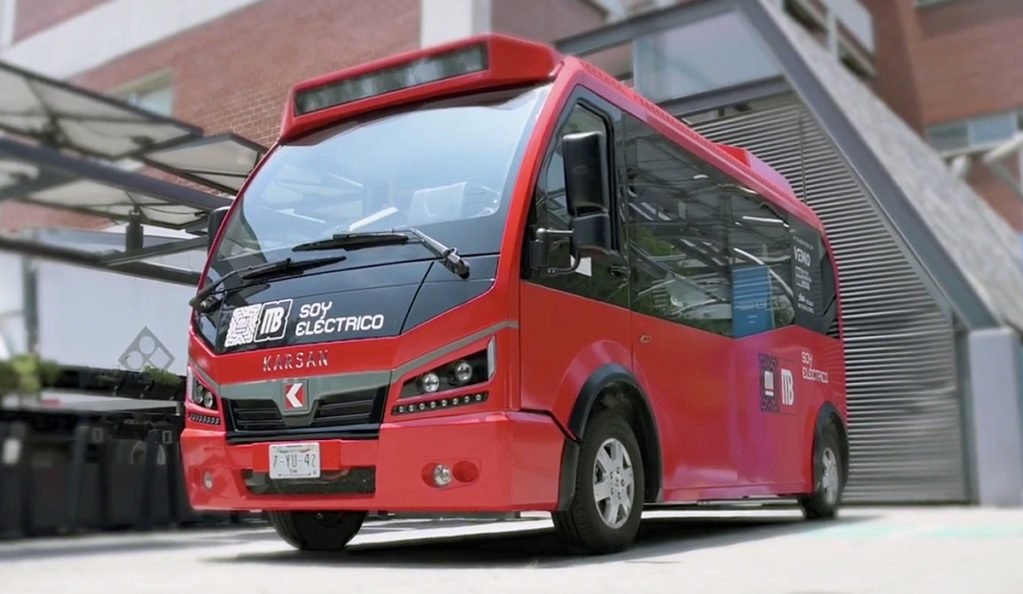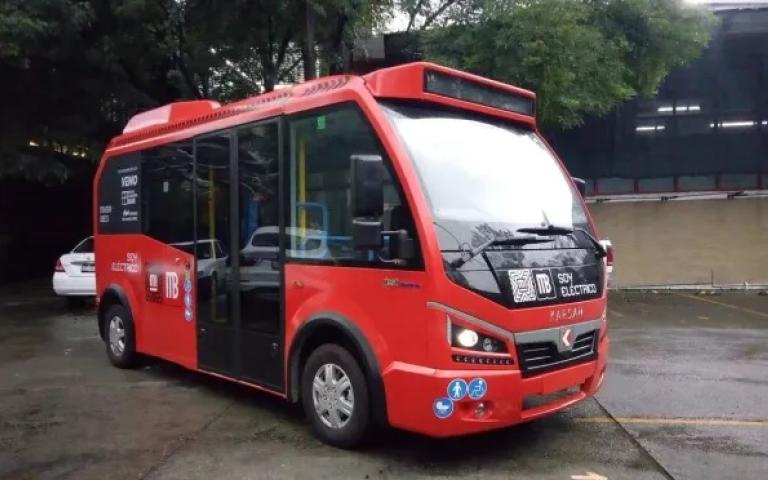The TEAMS Group, promoted by the Autonomous University of the State of Morelos (UAEM), raises the need to incorporate electric minibuses into the public transport system.
It has in mind to add around 300 units with a capacity of between 40 and 60 passengers within four years. At the same time, it also proposes the development of “green routes”.

It should be noted that this group is configured as the base strategy of the National Strategic Programs Project (Pronaces) of the National Council for Science and Technology (CONACYT).
Its spokesperson Alex Covarrubias expands in a conversation with Portal Movilidad on the action that this group is carrying out in its first year of life: “We are in a stage of exploration and dialogue. We offer training and advisory services on the subject including all aspects, from technicians, transportation design to business models”.
In his last actions, he met with representatives of the State Government, dealerships, automotive companies and NGOs to coordinate actions that contribute to developing electric and sustainable mobility in five neighborhoods located in Cuernavaca, Temixco and Jiutepec.
In this space, the existence of instances with the State Government and the municipalities for the exchange of information and linkage with projects related to zero emission mobility was also agreed.
On the other hand, civil society organizations also added their commitment to environmental education.

It is worth noting that the Ministry of Mobility and Transport (SMyT) also highlighted the importance of developing electric mobility to reduce emissions and in turn improve the quality of public transport service.
At a regional level, one of the general demands of the sector has to do with incentives from the State to break the initial barrier and initially finance electric mobility.
In this regard, Covarrubias maintains: "What matters most here is that the public sector take the normative institutional measures in urban design and population displacement."
At the same time, faced with the vision of the transport companies that can offer resistance to electric mobility in public transport due to its cost and difficulty in financing, the coordinator argues: “First of all, electric transport is the one that, as none, has the capacity to return on investment in peremptory terms. Second, it is the option that offers more sustainable profit possibilities in the medium and long term”.
And he concludes: "In the financial part we have national and international alliances so that the investment can flow."

